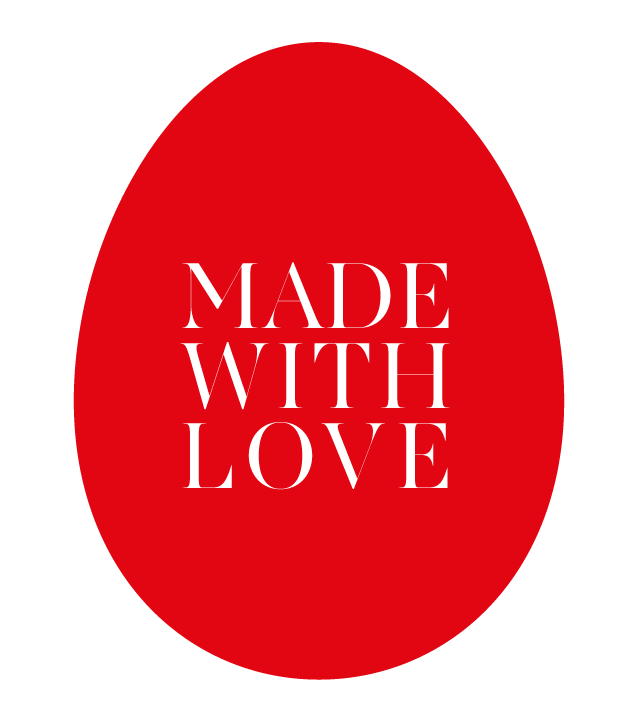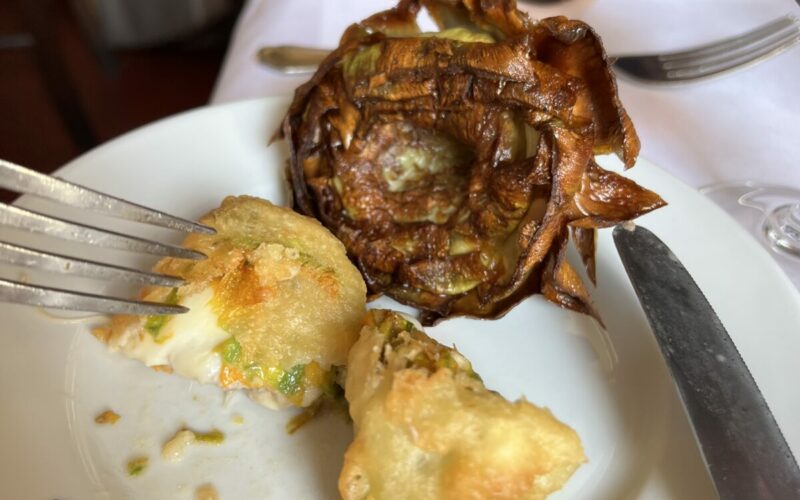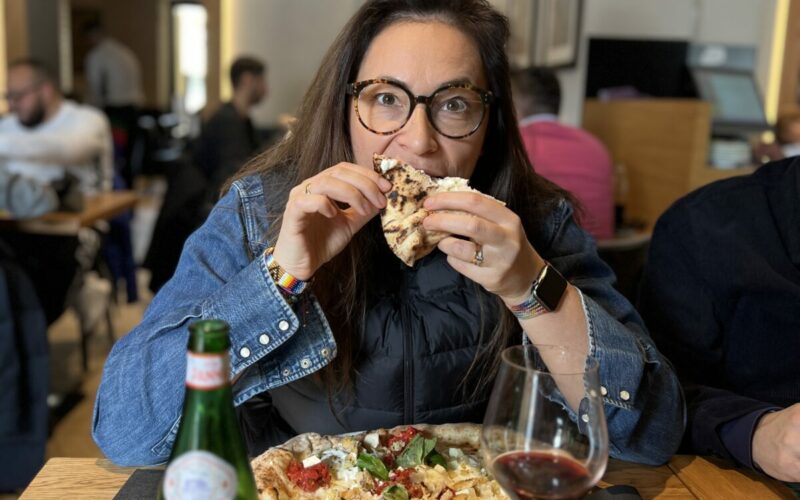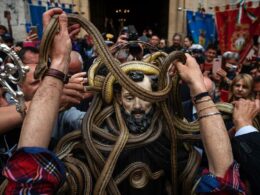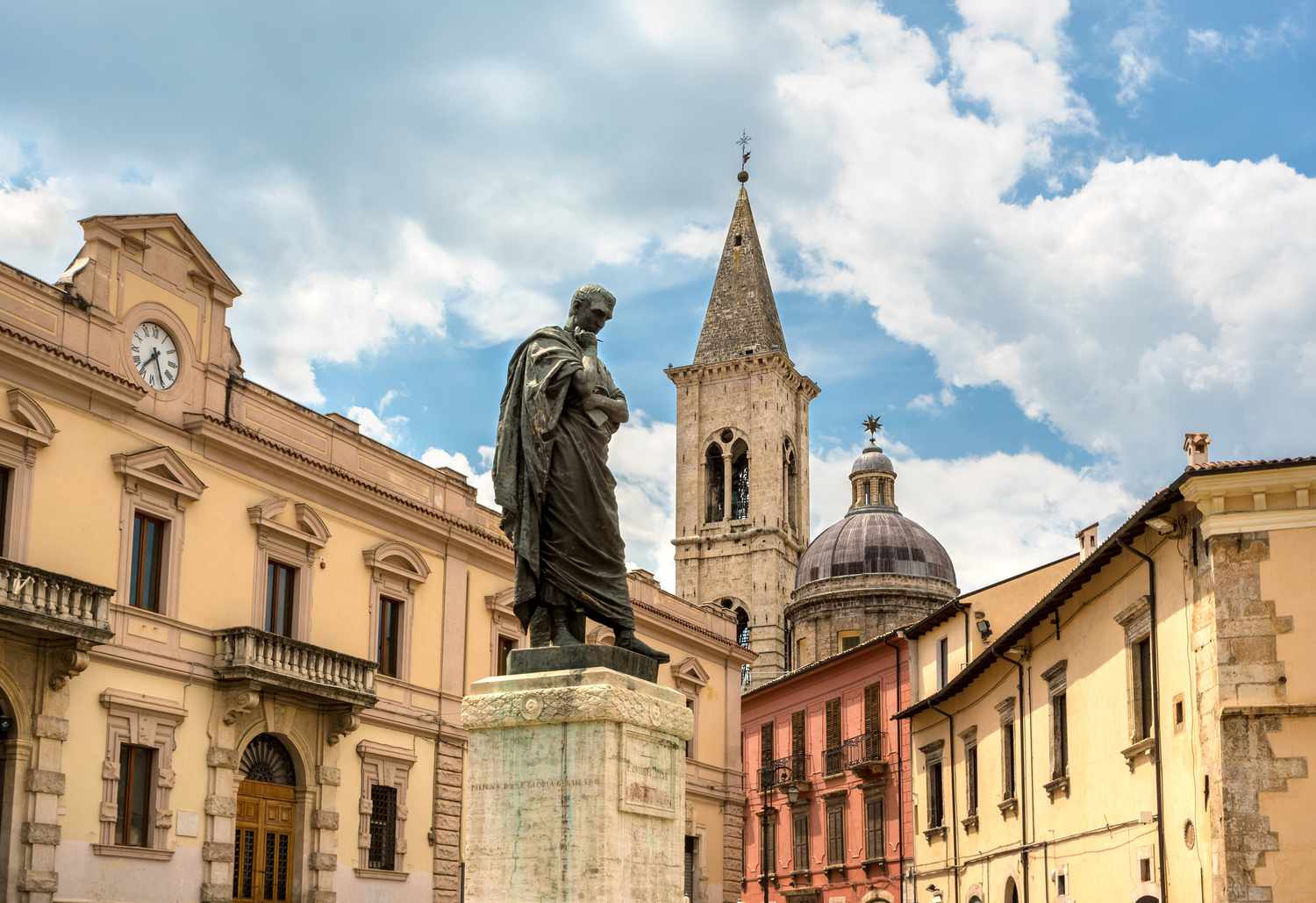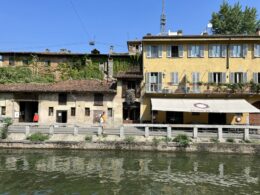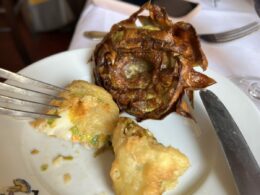Following my trip to Milan, I’d like to discuss its food with you. Milan is renowned for its culinary accomplishments, in addition to being a city of fashion and design. Panettone is just one example, but there’s so much more… So pay close attention as I share with you the traditional cuisine of Milan and the most renowned restaurants and cafes where you can savor a delicious breakfast, lunch, or even dinner
What is Milanese cuisine proud of ?! Let’s go in order?
10 Milanese dishes!
- Milanese risotto – Let’s start with the most popular dish in Milanese cuisine. Don’t fall for quick-cooking rice. It takes about 20 minutes to cook risotto and this risotto has a rich yellow color, which is given to it by saffron – an aromatic spice that is quite expensive. It also includes: onion, water, Grana Padano cheese, vegetable broth, butter, white wine, salt and of course rice for risotto and saffron.
- Bollito – In this case, the name speaks for itself. Bollito in Italian means boiled. The dish consists of different cuts and types of meat. It is usually served with various vegetables that are boiled together with the meat, as well as with horseradish, fruit mustard, and other sauces. It includes: beef (head trimmings), beef tenderloin, beef tongue, beef tail, capon – castrated rooster, cotechino – a type of sausage made from fresh meat, celery, garlic, parsley, carrot, onion, black pepper, and cloves.
.
What is Milanese cuisine proud of ?! Let’s go in order?
10 Milanese dishes!
- Milanese risotto – Let’s start with the most popular dish in Milanese cuisine. Don’t fall for quick-cooking rice. It takes about 20 minutes to cook risotto and this risotto has a rich yellow color, which is given to it by saffron – an aromatic spice that is quite expensive. It also includes: onion, water, Grana Padano cheese, vegetable broth, butter, white wine, salt and of course rice for risotto and saffron.
- Bollito – In this case, the name speaks for itself. Bollito in Italian means boiled. The dish consists of different cuts and types of meat. It is usually served with various vegetables that are boiled together with the meat, as well as with horseradish, fruit mustard, and other sauces. It includes: beef (head trimmings), beef tenderloin, beef tongue, beef tail, capon – castrated rooster, cotechino – a type of sausage made from fresh meat, celery, garlic, parsley, carrot, onion, black pepper, and cloves.
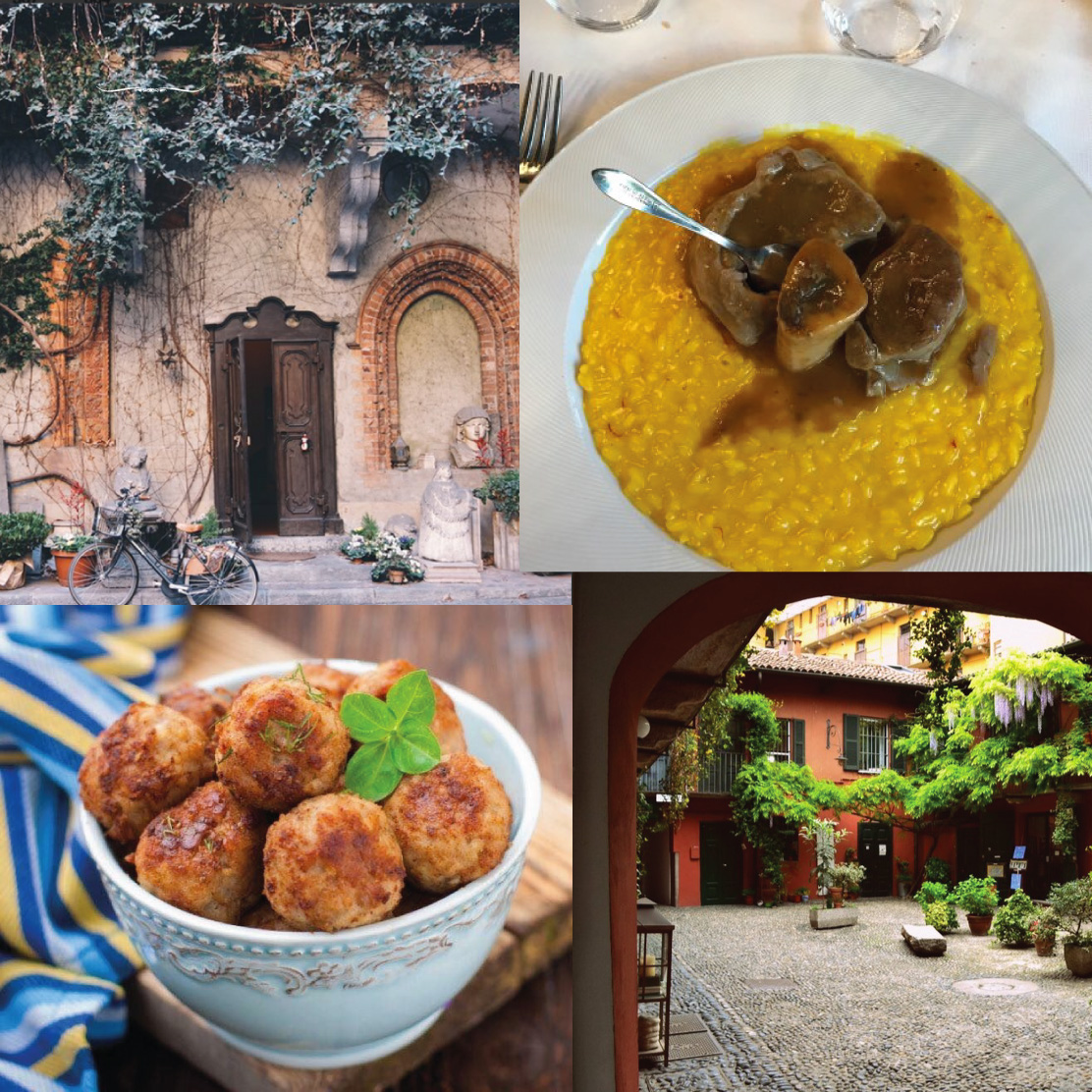
- Mondeghili – These are Milanese meatballs, which originated from an old rural tradition. The main ingredient of this dish was leftover meat, mainly beef. The dish was born out of the necessity to not waste the remains of abundant and festive meals. The remaining boiled and baked meat parts were ground together with mortadella, sausage, stale bread, milk, egg, and other spices. Then everything was fried in butter as per tradition. Today, the ingredients include: leftover meat (boiled or baked), mortadella, egg, breadcrumbs, milk, butter, parsley, nutmeg, grated cheese, breadcrumbs for breading, salt, and pepper.
- Osso Buco – This is another traditional meat dish that dates back to the Middle Ages. It is a cut of veal or beef (upper part of the leg). The meat is cooked for hours to obtain an incredibly tender and melting consistency. It is usually served with risotto or polenta. The ingredients of this dish include: veal/beef, flour, butter, meat broth, white wine, salt, onion, olive oil, and black pepper. For the sauce, parsley, garlic, and lemon zest are used.
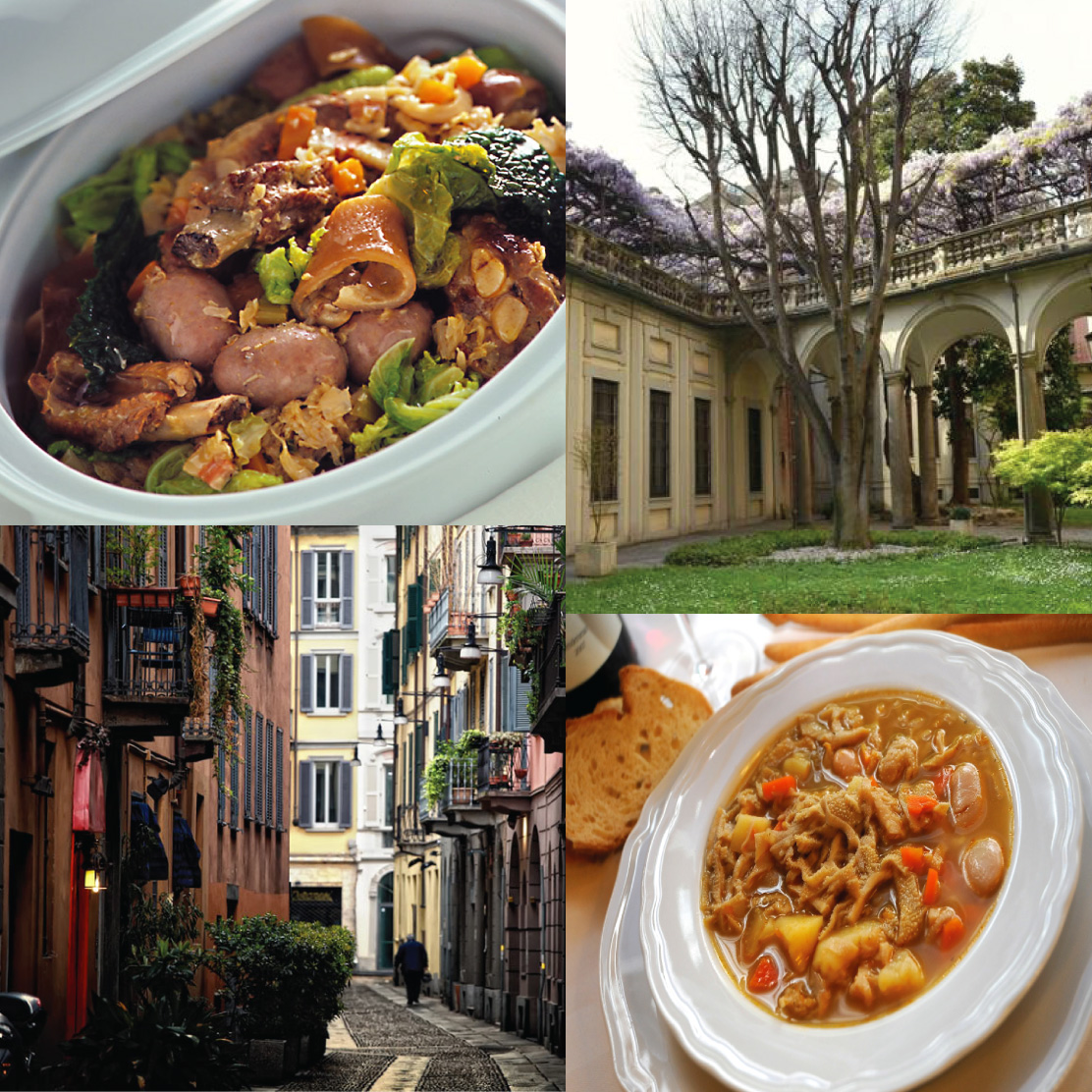
- Trippa alla Milanese is one of the oldest dishes in Milan. It also accompanied the lives of farmers during important events. It is usually prepared on the eve of Christmas, as well as for livestock fairs and markets. It is typically made in the winter season and includes carrots, celery, tomato sauce, water, cloves, juniper, bacon, butter, sage, black pepper, tomatoes, grated Parmesan cheese, white beans, and tripe.
- Cassoeula is another meat dish recommended to be tried in the winter season due to its calorie density. There are many versions and legends about the origin of this dish, but it is generally considered peasant food due to its poor ingredients. The dish includes pork ribs, pork legs, pork skin, pork ear, fresh pork sausage, Savoy cabbage, celery, carrots, onions, tomato passata, meat broth, salt, black pepper, olive oil, and butter.
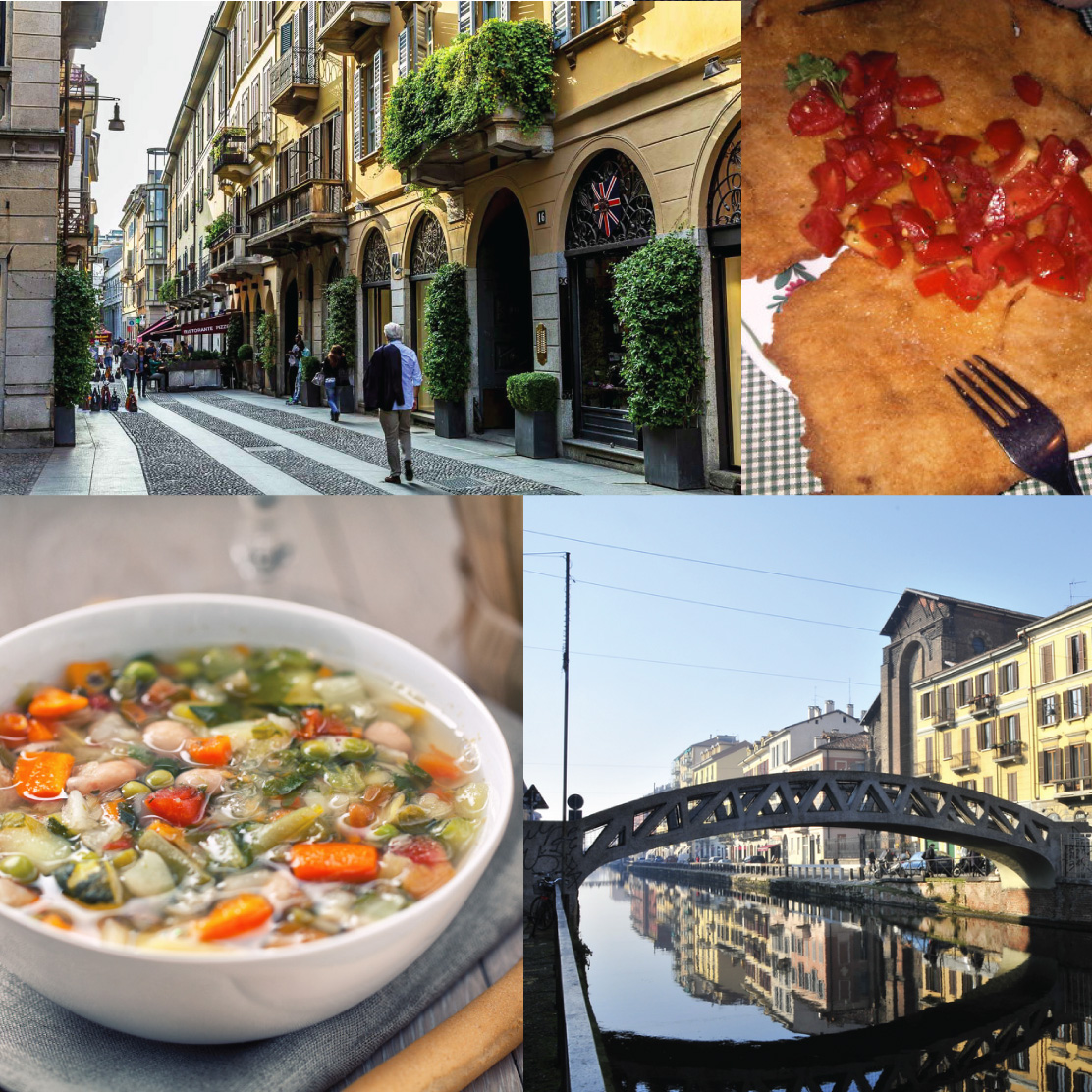
- Cotoletta alla Milanese – This is probably the second most popular dish after risotto. It is essentially a veal cutlet with the bone. It is breaded and fried in egg and breadcrumbs and cooked in butter.
- Panettone – What can we say about this? You probably already know and have tried it yourself. This sweet bread is traditionally prepared for Christmas and its shape resembles a dome.
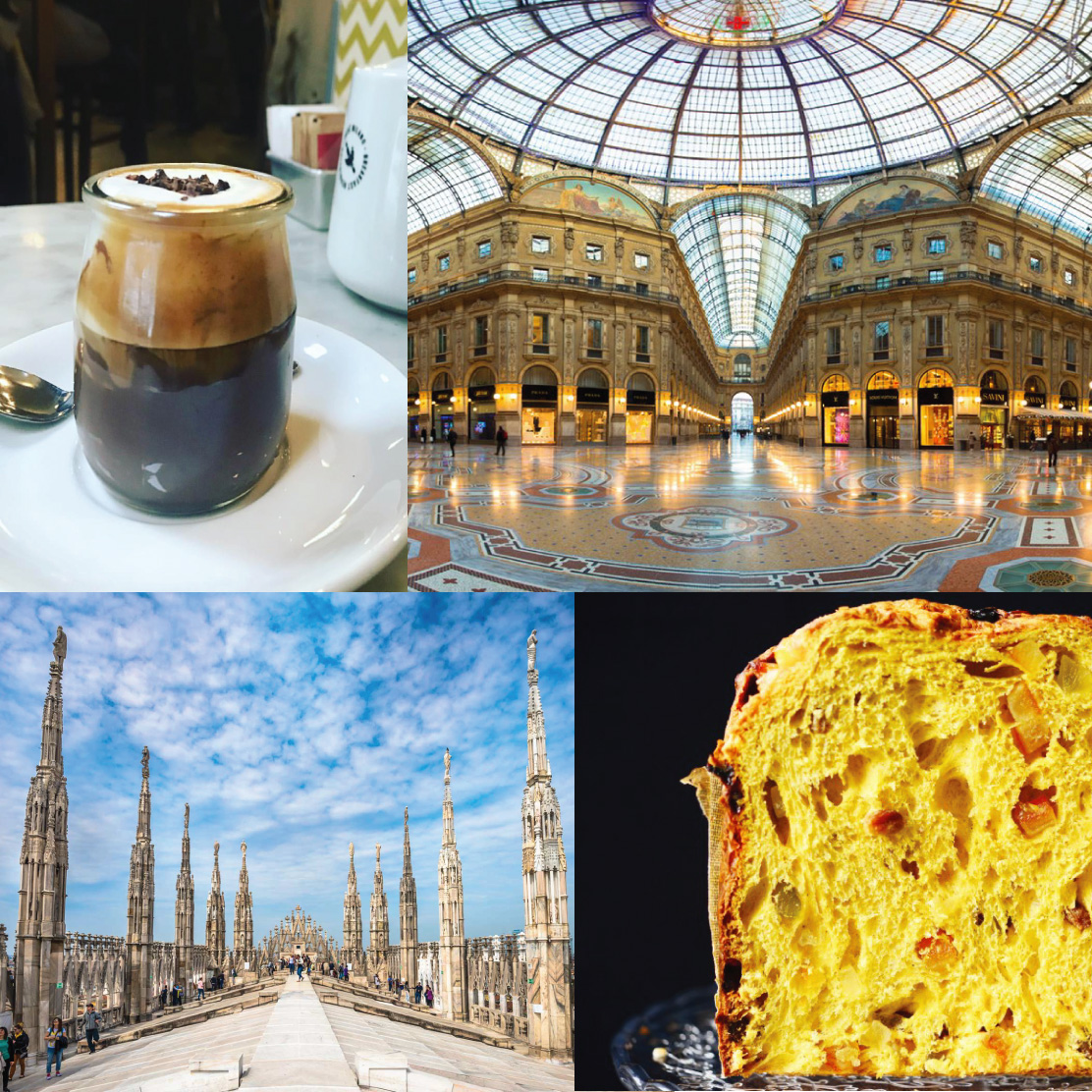
- Minestrone Milanese is a Milanese soup characterized by the presence of bacon, rice, and a rich variety of vegetables. It is made with rice, carrots, tomatoes, sage, bacon, salt, water, Savoy cabbage, onion, potatoes, tomato puree, rosemary, black pepper, zucchini, celery, beans, garlic, parsley, Parmesan cheese, pork rind, and olive oil.
- Barbajada is a Milanese drink that was very popular in the first half of the 19th century and was often served with pastries. This drink was made from chocolate, milk, and coffee, and sugar was beaten with whiskey to form a froth that was served in a tall glass in the summer and in a mug with whipped cream in the winter.
Lastly, I recommend some places where you can taste authentic Milanese cuisine!
- Trattoria Temperanza da Abele (simple and tasty)
- Al’Less (simple and tasty)
- L’Altra Isola (delicious and the Cassoeula is a must-try, but one of the expensive. Trust me, it’s worth the money)
- Trattoria Arlati (great place, delicious Milanese cuisine, excellent service. Reserve a table in advance and don’t be surprised by a call before entering ?, this restaurant will truly surprise you
- Trattoria Masuelli S.Marco (delicious and simple)
- Antica Trattoria della Pesa (delicious, not cheap)
- Al Matarel (delicious, not cheap)
- Al Garghet (a fantastic place but not cheap).
Attention! It’s difficult for me to choose just one best pastry shop, so I suggest you visit them all! ?
- Marchesi (Via Santa Maria alla Porta, 11/a)
- Sissi (Piazza Risorgimento, 6)
- Cova (Via Montenapoleone, 8)
- Gattullo (Piazzale di Porta Lodovica, 2)
- Cucchi (Corso Genova, 1)
- Pavé – Via Felice Casati, 27
- Iginio Massari – Via Guglielmo Marconi, 4n06.
And if you’re a coffee lover, this is for you ? – Moka Hodeida (Via Piero della Francesca, 8, 20154 Milano MI, Italy).
